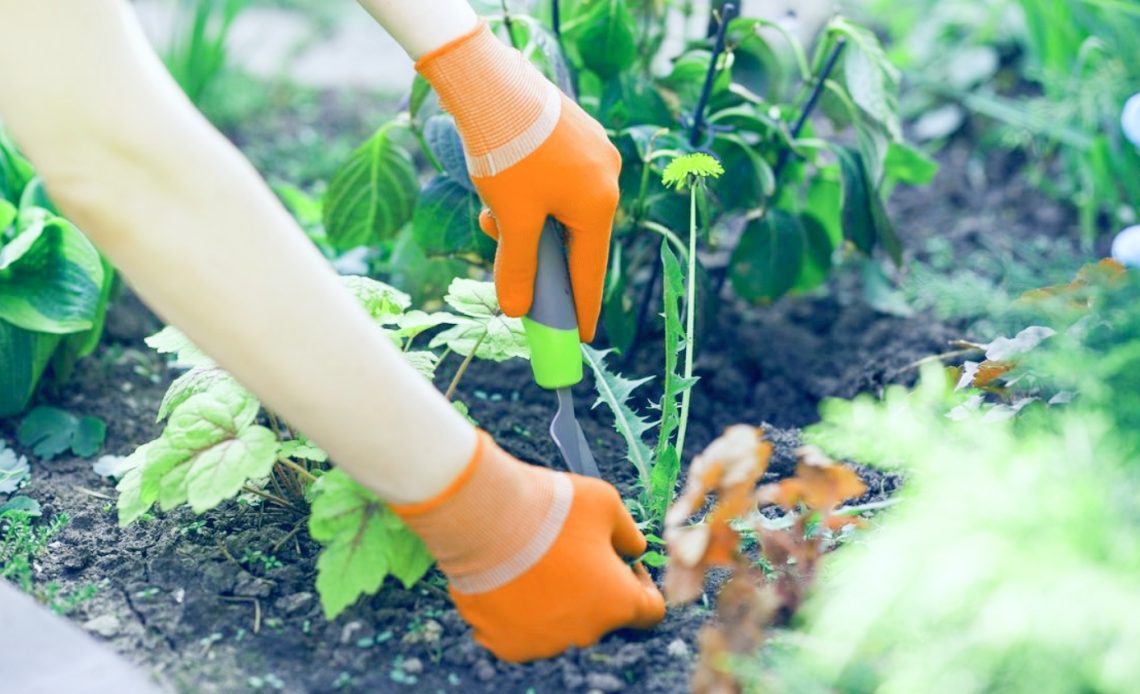

We’re here to help! Wild Yards is a completely free website that is 100% dedicated to helping you create a wildlife-friendly, sustainable yard. Read more
WildYards is reader-supported. When you buy a product through a link on our site, we may earn a comission. Every product is independently selected by our (obsessive) editors and our reviews are unbiased and objective. Read more about our mission or our privacy policy.
Hugelkultur – the art of layering a garden bed to promote plant growth – may initially seem fairly easy. However, it’s a more intricate practice than it looks! If you’re just starting with ‘lasagna gardening’, it’s worth brushing up on a few common hugelkultur mistakes.
Common mistakes in hugelkultur may include using the wrong materials, building your beds in the wrong place, and failing to top up on nitrogen. It’s all about locking in the moisture and ensuring your bed’s free from detrimental chemicals and pests.
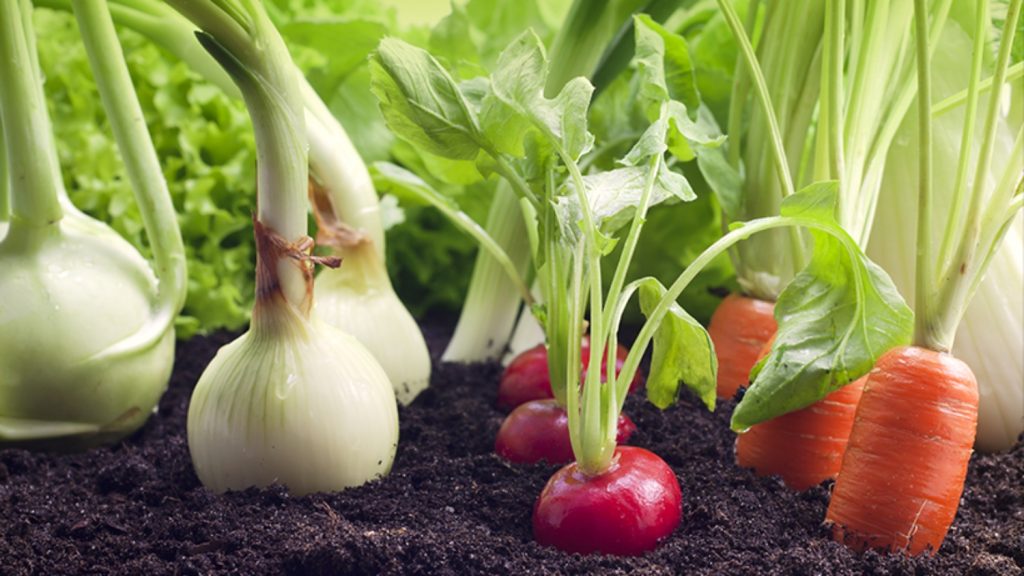
What is hugelkultur?
Hugelkultur is a German phrase that translates roughly into ‘hill culture’. It’s the practice of building a mound or hill in a series of strategic organic layers. Typically, you’ll add an organic lining or layer at the bottom, followed by wood, then soft garden clippings, followed by compost and rich topsoil. This, of course, is just one representative model!
Hugelkultur is great for using discarded organic waste that would otherwise head to a landfill. Traditional seven-layer beds will also lock in moisture to encourage stronger yields in various plants and vegetables. Set up properly, you may find your hugelkultur bed withstands periods of extreme drought.
Gardeners choose hugelkultur gardening when they wish to boost their vegetable yields – with strategic organic layering, you can encourage nutrient build-up, welcome helpful garden worms, and even stimulate a mycelial network to help boost plant health.
10 Common Hugelkultur mistakes and how to solve them
Hugelkultur is a precise science that revolves around moisture and careful layering. While you can leave your bed to look after your plants once set up properly, many gardeners make simple mistakes when getting started. Here are just a few!
You’re letting weeds grow through
Even with the best materials and the most tightly-packed layers, weeds will still find a way to disrupt your garden beds. If your plants start wilting or show signs of nutrient deficiency, perennial weeds may break through the bottom layer to choke your roots.
The best way to combat weed growth in a hugelkultur bed is to leave an organic layer at the bottom of the bed. This can be as simple as layering dead leaves before you start adding wood and compost. Newspaper and cardboard, too, are effective at stopping weeds from pushing through gaps in your bottom layer.
Occasionally, you may not need to add a bottom lining at all to a hugelkultur pile – for example, if you’re building a bed directly into the soil. Otherwise, protecting the base with little opportunity for weeds to break through is just good practice, raised bed or not.
Mulching your hugelkultur beds is also conducive to preventing weed growth. Consider mulching flowers such as French marigold, too, to help stave off pests such as the destructive nematode worm. Otherwise, wooden shavings (that aren’t treated) work brilliantly as a mulching material for most hugelkultur systems.
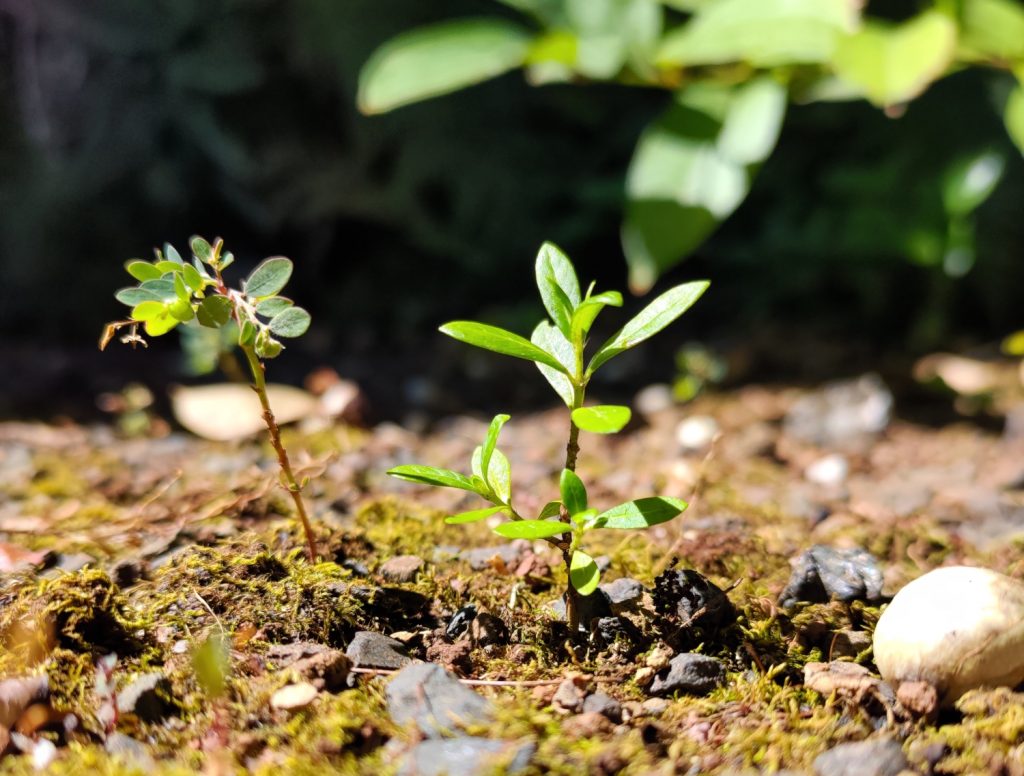
Your plants are drying out
Regardless of how many layers you choose for your hugelkultur bed, plant dehydration can sneak in if there’s any chance of your soil drying out. You must keep your pile or bed as moist as possible at all times – which will mean more than just watering it regularly.
It’s easy enough to combat plant dehydration by ensuring you choose a quality soil mix for your top layer. You should only use a minimal amount as topsoil, building beneath with compost, wood, and other organic detritus. In addition, make sure that you compact your layers carefully. Any gaps in your layers may let moisture drain, so your plants and any mycelial networks growing in your mound will quickly dry out.
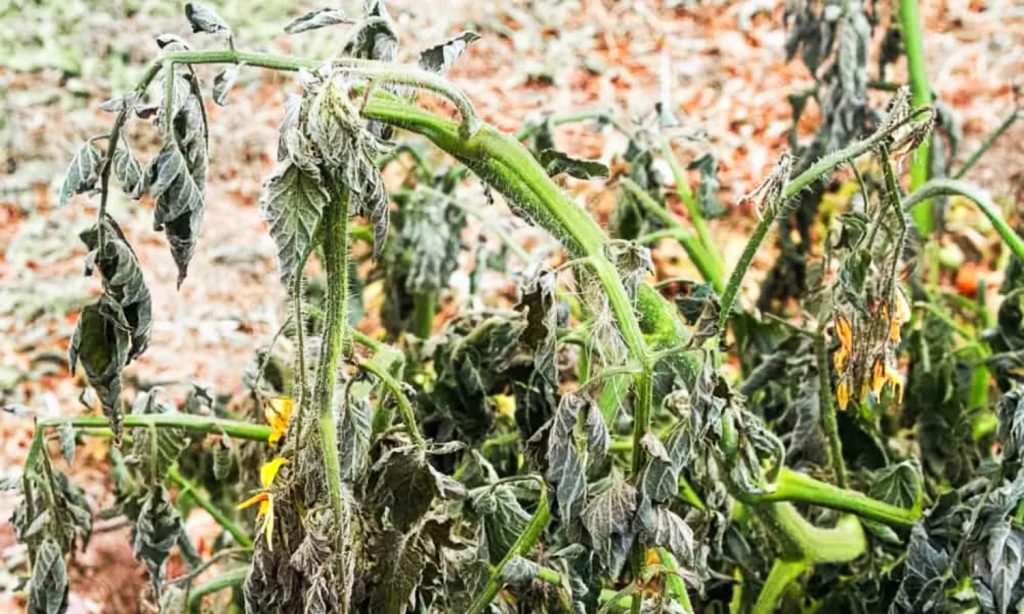
You’re not using the right wood
Wood makes a fantastic lower layer for hugelkultur beds in terms of drainage, but depending on where you source your logs or chippings, you may be putting your plants at risk by using the wrong type of wood. Additionally, some wood mills treat their produce with unsafe chemicals to leave in the soil. For example, years ago, mills manufactured wood that contains harmful compounds such as chromated copper arsenate.
Given that it’s taxing to tell which wood may be treated with these chemicals on sight alone, always make sure to source hugelkultur wood from organic sources. Or, ensure that the mill you buy from pressure-treats its wood using safe methods. Alternatively, simply use logs and shavings from your own yard that you know are 100% natural.
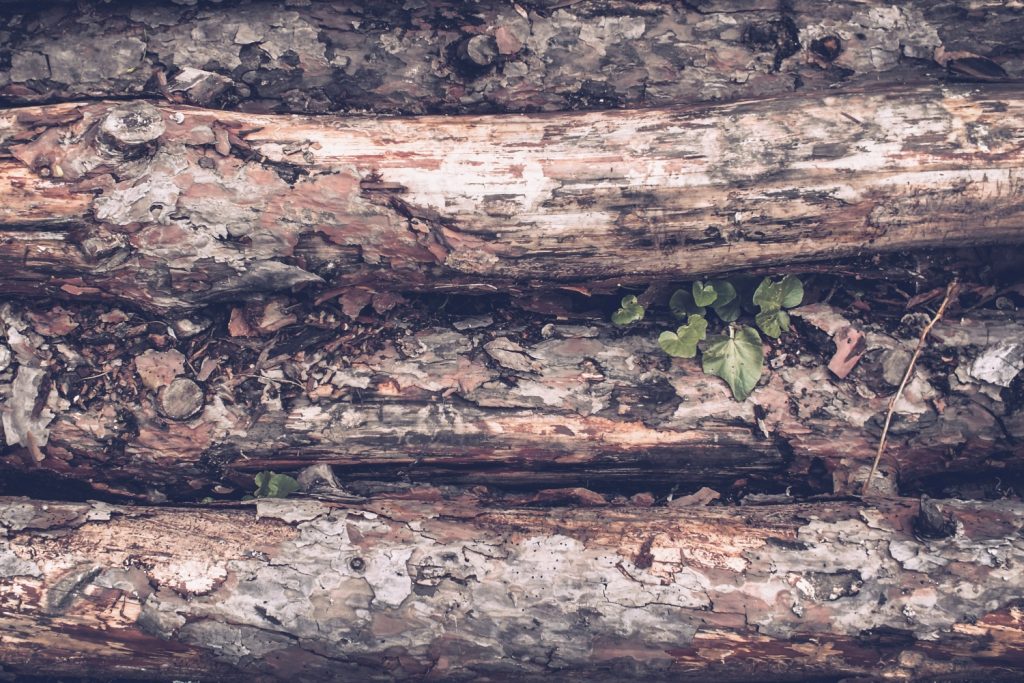
You’re not pairing plants correctly
A hugelkultur bed is a fantastic spot for growing various plants and vegetables, but some make better companions than others – for example, specimens such as mint, and some species of allium, can be highly competitive for nutrients.
A good rule to follow in all gardening is to look for companion plants that both stimulate growth without competing for resources. For example, rosemary and oregano work brilliantly both together and as protective companions for weaker specimens. It’s worth researching companion plants before you start building your layers.
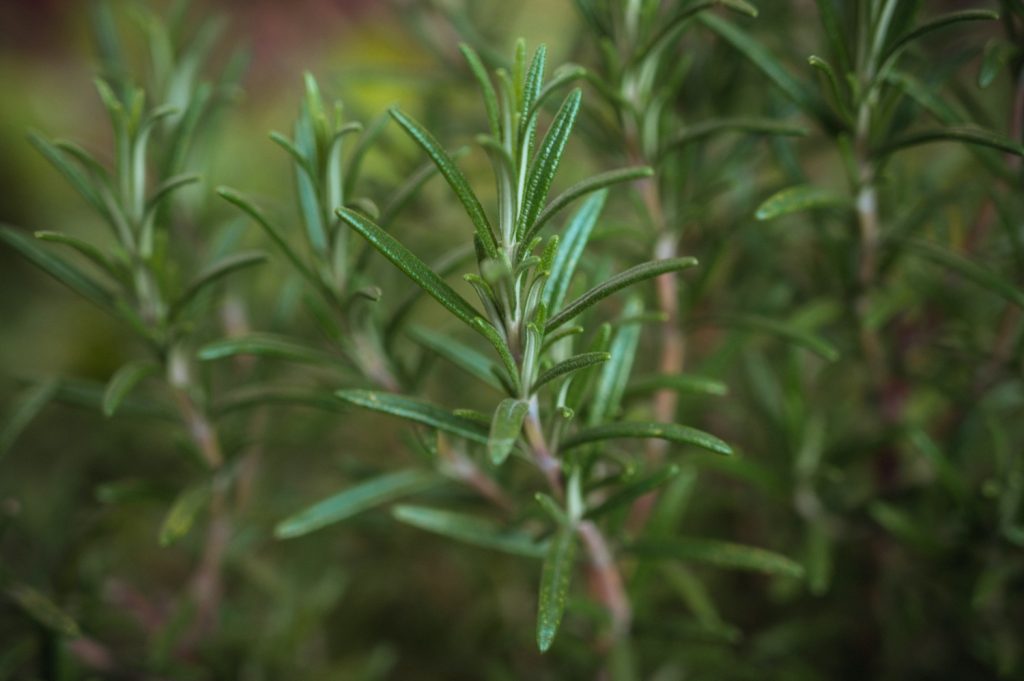
Your bed’s the wrong size
If you’re building a hugelkultur bed in a raised unit, you have little fear of soil getting downtrodden and compacted – but, if you’re building directly in the earth, your bed’s at risk of getting trampled. If you build your hugelkultur plot too wide, you’ll find it tempting to tread towards the middle to tend to your plants.
Treading down soil can seriously impact plant health – it may reduce airflow and restrict your crops’ access to nutrients.
It’s best to try and build a ground-level hugelkultur mound that’s three feet at the widest. This will give you ample access to reach the center of your bed without risking treading.
Ease of access should also extend to your route around the soil – e.g., where you may wish to push a wheelbarrow or cart. Consider setting up a hugelkultur plot that’s wide enough to work on at ground level while creating a small working area around the perimeter. This becomes easier with raised beds, as there’s no risk of you treading down the soil.
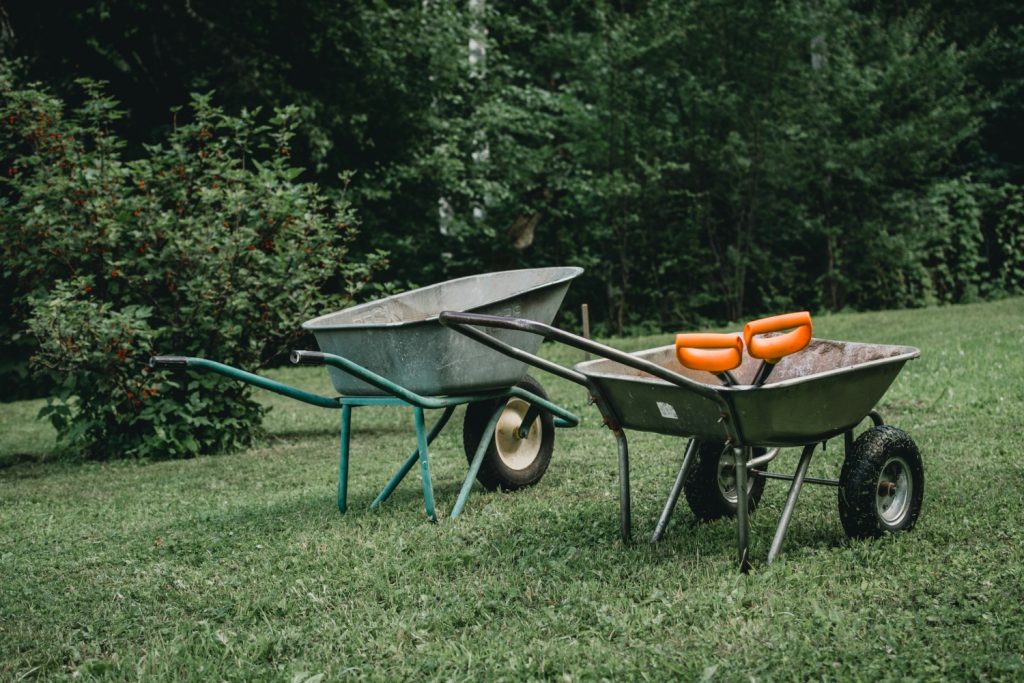
Your bed’s in the wrong place
The ideal position for your hugelkultur bed will depend entirely on the plants and vegetables you wish to grow. Always try to pair plants together that require the same amount of sunlight, water, and shade.
Setting up a hugelkultur bed in the wrong position – raised or otherwise – can lead to stunted crop growth, increased competition, and/or pest attacks. Unfortunately, you may not realize your bed’s in the wrong spot until it’s too late.
If you see very little plant action in your hugelkultur bed, it may be a sign you need to start again. This, regrettably, means you may have to dismantle a raised bed or dig up a mound completely. Try to recycle any material that hasn’t completely degraded from your mound (such as any remaining wood or paper, for example), and re-layer your bed in a more optimal spot for the plants you wish to grow.
It’s also good to try and grow a hugelkultur bed as close to your home as you can. Otherwise, your plants may be at risk from deer and rabbit visitation. The closer you build your bed towards your property, the less likely it is that invasive animals will want to come and visit.
Don’t be too tempted to grow separate hugelkultur beds in one yard space. The main idea behind hugelkultur is that you’re building a single, communal mound from which you can grow many plants. Getting the position right – and choosing a group of plants that complement each others’ needs – will save you from having to maintain multiple beds at once.
You’re using the wrong soil
It’s tempting to use soil you’ll find in your garden to fill up the top layer of your hugelkultur bed – but mixing a rich topsoil with your own compost may help to breed stronger plant yields over time.
Ideally, you should fill the top of your hugelkultur pile with around 10% compost and 5% high-quality topsoil to cover. This high-quality soil should be easy to find in garden centers and from online providers – and it’s recommended because it will likely be rich in nutrients such as nitrogen that plants desperately need.
Making your own compost instead of relying on the odd clods of dirt you’ll find in your garden will provide additional nutrients. This is because it’s already full of decayed matter, which you’ll also promote with an effective hugelkultur system.
The type of soil you use may also revolve around the plants you wish to grow and cultivate. For example, if you are growing lavender, you may need to choose a growth medium that’s a little sandier than most. Again, finding lavender companion plants that will thrive in the same soil type is a must.
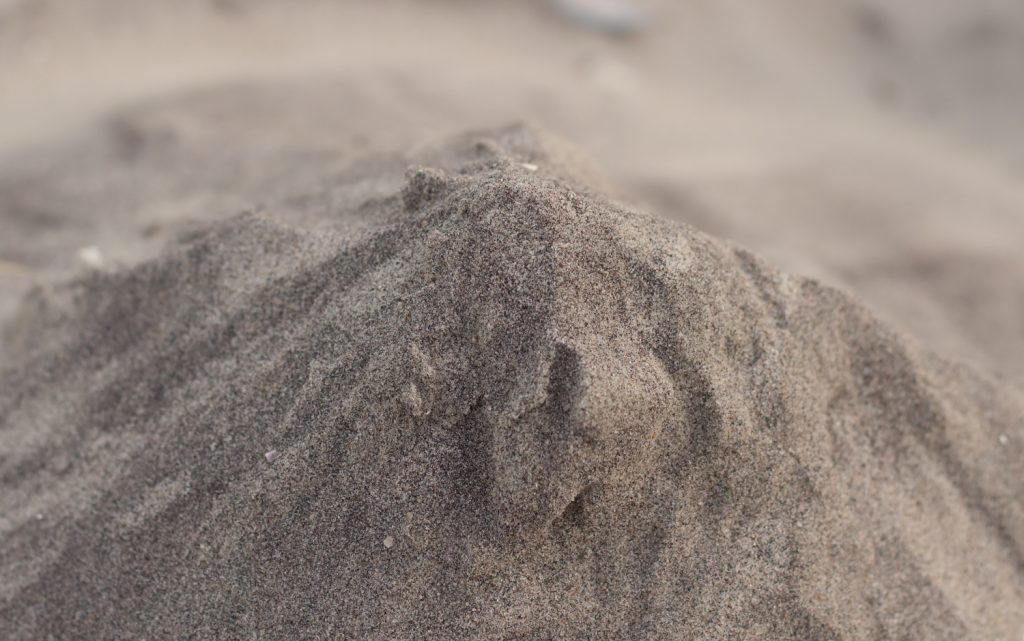
You’re not tending to grass or weeds elsewhere
While rewilding your lawn holds plenty of benefits on its own, it’s never healthy to let grass and weeds grow wildly close to a hugelkultur plot. If your bed is either at ground level or raised close to a pathway, be sure to trim along the stones as thoroughly as possible. The longer the grass and weeds, the more likely it is you’ll attract pests to your mound.
The simplest solution to this common problem is to simply trim your paths short. If you continue attracting pests to your hugelkultur bed despite trimming down nearby shoots, growing strong-scented plants such as alliums may be prudent to confuse common predators. Just make sure you’re growing other plants that can withstand competition from hungry vegetables, such as onions.
If you really want to keep your wild lawn growing and want to maintain a hugelkultur plot alongside, you may wish to set up a barrier using organic material such as cardboard. This won’t guarantee pest-free beds, but it may at least allow you to continue attracting pollinators elsewhere while cultivating hugelkultur plants.
You need to raise your bed higher
It’s not always a necessity to raise hugelkultur beds high, but if your soil is at serious risk of getting trampled, it might be your best course of action. For instance, if you have young children and/or pets running around your garden, it’s not always going to be easy to rein them in. Even if your bed is three feet wide and you’ve accommodated for your own accidental trampling, kids and animals roam everywhere.
Raising a hugelkultur bed will also keep your plants away from other spots in your garden that may suffer from pests or animal attacks. Raised beds are also great for helping you manage moisture and drainage. You may not have space for a raised unit, of course, but consider it if your plants show poor health in their current soil.
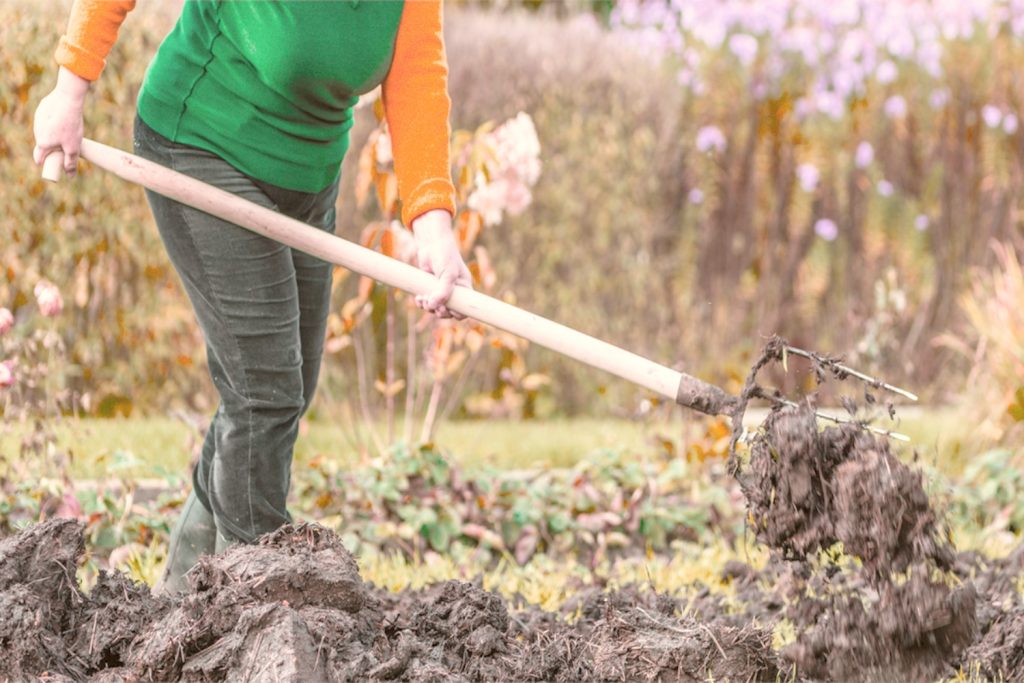
You’re building a bed during the wrong season
If you find your plants simply aren’t thriving in your hugelkultur bed, you may have set it up at the wrong time of year. It’s best to start building your bed with organic materials towards the fall, so that they have time to decompose over the months to come before plants start growing in the spring. By the time they start shooting up, there will be lots of decomposition to feed from.
Avoid setting up hugelkultur systems in the summer – there will simply be no point! Your plants won’t get the added nutritional benefits, and your organic waste won’t start breaking down quickly until the fall.
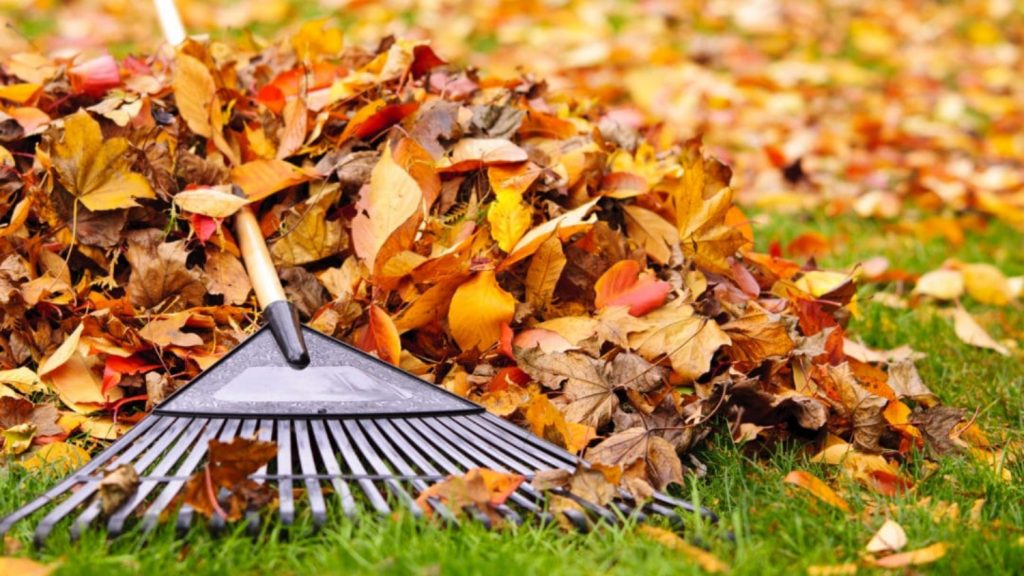
Is hugelkultur gardening difficult?
Hugelkultur is a simple concept that can lead to amazing autonomous results – but it takes careful planning. Choose plants that thrive under each others’ company, and layer soil and organic material carefully to ensure drainage and weed control. Do also consider the risks of building hugelkultur close to the ground – will the soil get trampled?
Even the best lasagna gardeners make mistakes to begin with. Keep the above in mind, and you’ll have a thriving hugelkultur for seasons to come. The best hugel beds won’t need much maintenance over time – so put a little work in now for very little later!
